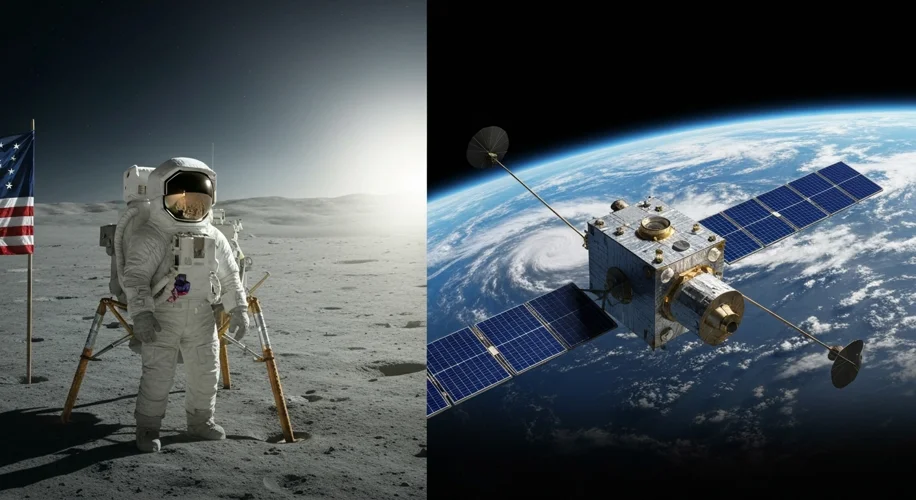It’s official: NASA is changing its priorities. Today, August 19, 2025, marks a significant moment as the agency confirms a notable shift in its focus, prioritizing space exploration initiatives and placing climate change science on the backburner. This move naturally sparks conversations about the future of Earth science research within NASA.
For years, NASA’s Earth-observing satellites have been our eyes in the sky, providing invaluable data about our planet’s changing climate. Missions like the Terra and Aqua satellites, and the upcoming NISAR mission, have given us unprecedented insights into everything from sea-level rise and ice melt to atmospheric composition and deforestation. This information is crucial not just for scientists, but for policymakers and communities worldwide trying to understand and address the impacts of climate change.
So, what does this shift mean in practical terms? It suggests that while NASA will continue to conduct Earth science, the pace and scale of new climate-focused missions might be reduced. Funding and resources may be redirected to support ambitious projects like lunar bases and Mars exploration. This isn’t to say that studying Earth is no longer important to NASA, but rather that the agency’s primary mission objectives are evolving.
This transition raises important questions. Will other agencies step up to fill the gap in Earth observation? How will this impact our collective ability to monitor and predict climate trends? In my experience as an atmospheric scientist, continuity in data collection is absolutely vital. Even small gaps can make it harder to detect long-term patterns and understand the full picture of our planet’s health.
It’s a complex situation. NASA’s exploration of space has always inspired us and pushed the boundaries of human knowledge. At the same time, understanding our own planet is an urgent necessity. The scientific community, and indeed all of us, will be watching closely to see how this new direction unfolds and what it means for the ongoing study of our changing climate. It’s a reminder that our planet’s story is as compelling and vital as any celestial one.

